We believe everyone should be able to make financial decisions with confidence. And while our site doesn’t feature every company or financial product available on the market, we’re proud that the guidance we offer, the information we provide and the tools we create are objective, independent, straightforward — and free.
So how do we make money? Our partners compensate us. This may influence which products we review and write about (and where those products appear on the site), but it in no way affects our recommendations or advice, which are grounded in thousands of hours of research. Our partners cannot pay us to guarantee favorable reviews of their products or services. Here is a list of our partners.
When the tread depth gets too low or your tires hit the six-year mark, it's time for new rubber.
By
Whitney Vandiver
Whitney Vandiver
Writer | Small business, payments
Whitney Vandiver is a writer at NerdWallet. She previously wrote for the oil and gas industry and has been published in national journals and international magazines. She earned a bachelor's degree in English from the University of Central Oklahoma and a master's degree and doctorate in linguistics from Purdue University. When she's not writing about finances, she enjoys reading, writing her second novel and cuddling with her Irish wolfhound.
Learn More
Edited by Julie Myhre-Nunes
Julie Myhre-Nunes
Assistant Assigning Editor | Auto loans, consumer credit
Julie Myhre-Nunes is an assistant assigning editor at NerdWallet. She has been working in the personal finance space for more than 10 years. Before joining NerdWallet, Julie oversaw editorial teams at NextAdvisor, Red Ventures and Quote.com. Her personal finance insight has been featured on Forbes, The Boston Globe and CNBC throughout the years. Julie’s writing has been published by USA Today, Business Insider and Wired Insights, among others. Email: <a href="mailto:[email protected]">[email protected]</a>.
Julie’s writing has been published by USA Today, Business Insider and Wired Insights, among others. Email: <a href="mailto:[email protected]">[email protected]</a>.
Many or all of the products featured here are from our partners who compensate us. This may influence which products we write about and where and how the product appears on a page. However, this does not influence our evaluations. Our opinions are our own. Here is a list of our partners and here's how we make money.
While the consensus across the auto industry is that you should consider replacing your tires at least every six years, there’s no magic number for how often you should replace them.
Tires become unsafe when tread becomes too thin, rubber is degraded by time and temperature or their sidewalls are damaged. A flat is an inconvenience, but a blowout or sketchy grip can lead to an accident.
Although tires can be a substantial expense for a car owner to handle at one time, wear and tear — and their replacement — is mostly predictable. Here’s a rundown of how to determine if your tires need to be replaced and common signs that your tires aren’t up to par.
Here’s a rundown of how to determine if your tires need to be replaced and common signs that your tires aren’t up to par.
Tires have grooves known as tread that help them grip the road. While most new tires have a tread depth around 10/32nds of an inch, the tread wears down over time. This makes it more difficult to steer your vehicle, reduces traction and increases braking time.
The U.S. Department of Transportation deems tires that have tread at or below 2/32nds of an inch to be unsafe. While your tire technically has enough tread to drive at this point, it can be dangerous to drive your car in certain conditions or for long distances.
There are three ways to figure out your tires’ tread depth:
Tread wear indicators are built into tires and are raised, evenly spaced sections in the grooves of your tire tread. On new tires, they are not as high as the tread. However, when the tread reaches the same level as the indicators, it means it’s time to replace the tires.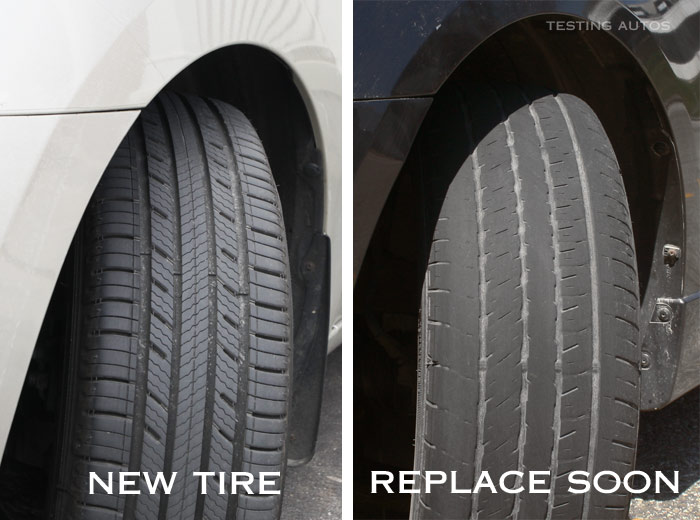
Tire tread gauges are relatively cheap tools that let you measure your tread in thirty-seconds of an inch. This will show you the exact measurement of your tire tread.
The penny test lets you estimate tread depth based on where the tread hits a penny. To do this test, take a penny, turn it upside-down, and insert it straight down in the groove of a tire’s tread. Look straight on at the penny to determine where the tread hits President Lincoln’s profile. If you can see his entire head, you’ve hit the mark and need new tires.
Regardless of how many miles they’ve driven, tires degrade over time and become more prone to failure. Factors like environmental conditions, storage and maintenance can influence how long a tire will last even if it’s only driven a few hundred miles a month.
While there’s no set requirement for when to replace tires according to age, the general recommendation is to replace them six years after the manufacture date and to never drive on tires that are older than 10 years.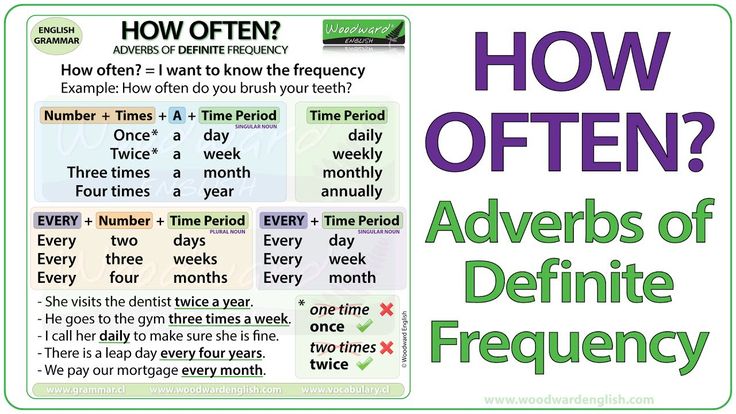
Just answer a few questions to get personalized results from our lending partners.
Estimated payoff amount
Of course there are other times when your tires are telling you it’s time for replacement despite what your tread measurement might say.
You moved to a new climate. Some tires are designed for specific conditions such as extreme temperatures. Winter tires, for example, have deeper tread and are meant to be more flexible in cold weather; driving them on warm pavement can wear them down more quickly. If you move to a new climate, pay attention to road conditions and weather patterns to determine if you need different tires.
You’re losing traction. If it feels like your car is slipping or sliding during wet weather, this could be a sign of low tire tread that is failing to channel water away effectively. Because tire tread can wear unevenly, you might not notice that some of your tread has worn thin and is affecting your traction.
Most modern cars activate a warning light when your car loses traction. If you are seeing this warning light more frequently as time goes on, check the condition of your tires.
Your tires aren’t holding pressure like they should. Certain types of tire damage, including debris between the rim and the tire and damage to the sidewall, can cause continuous pressure loss. Some damage might be repairable, but some situations will call for new tires.
🤓Nerdy Tip
An average of 2% air loss in tires is common for every drop of 10 degrees in outside temperature. So don’t worry if your tire pressure varies a bit when it starts to get colder outside.
About the author: Whitney Vandiver is a writer at NerdWallet currently focusing on small business. Read more
On a similar note...
Get more smart money moves – straight to your inbox
Sign up and we’ll send you Nerdy articles about the money topics that matter most to you along with other ways to help you get more from your money.
Maybe you got a used car a few years ago or maybe you recently purchased a new car. No matter the situation, as a car-owner you may be wondering, how often should you replace your tires? When you should replace your tires differs slightly from vehicle to vehicle and driver to driver. However, there are a few standards that should help you determine when to change your tires next.
When and how often you should change your tires depends on a few factors. When thinking about replacing your tires, ask yourself these questions:
Along with the answers from above, there are a few pieces of information you can grab from your vehicle to help determine the next time you should replace your tires.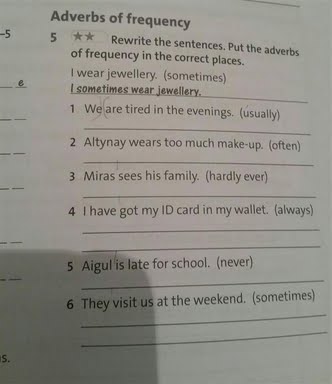 The following should only take a few minutes to find out.
The following should only take a few minutes to find out.
Most car experts will tell you to change your tires every 6 years or so. If you are constantly driving, you may need to change your tires earlier. Likewise, if you don’t drive often you can get away with a few extra years.
For a car that you bought new, you can easily bet on changing your tires 6 years after your purchase. For used cars, you’ll likely need to look at the date printed on the tire.
To see when your tires were manufactured, look for a four-digit number sequence on the outside of the tire. This will tell you the week of the year in which they were made. For example, 1112 means that the tires were made in the 11th week of 2012.
Another good rule of thumb when it comes to tire replacement is to replace your tires every 25,000-50,000 miles. In most cars, you can check your total mileage on the dashboard.
Aside from time and mileage, you can always check if your tires look like they need to be replaced. To do so, get a quarter and insert it headfirst into the center of the tire tread. If Washington’s head is even with the tread, your tires are safe, but you need to get them replaced soon.
To do so, get a quarter and insert it headfirst into the center of the tire tread. If Washington’s head is even with the tread, your tires are safe, but you need to get them replaced soon.
Doing the same trick with a penny, if Lincoln’s head is even with the tread, hopefully, you have some money saved up because you need to change your tires ASAP.
Another physical test to see if it’s time for a tire replacement is to be mindful of how your car feels when you are driving. Does the steering wheel feel smooth when driving, or does it vibrate or veer to one side over the other. If it does any of the latter, consider getting your tires changed.
While there are steps you can take to expand the lifespan of your tires, when they are worn out, you need to replace them. You can’t put off changing your tires, as it is a safety risk to you and other vehicles on the road. Old tires can affect the way your car breaks and stops, which can lead to accidents. Be a responsible car owner and replace your tires when needed.
Be a responsible car owner and replace your tires when needed.
All car owners need to be on top of replacing their tires. How often should you replace your tires? It might vary from person to person, but there are standards in place to determine tire health. Is your car due for a tire replacement? Then check out Christian’s Tire Shop. We have all the name brands you could possibly want, right here in Albuquerque.
0003Related materials
7 rubber signals: what the tire says about car problems
How do you know when tires are completely worn out and it's time to change them? Everything is simple. For summer tires, the limit is 1.6 mm of residual tread depth, and for winter (or all-season tires used in winter) - 4 mm. Modern summer tires can travel from 40,000 to 70,000 km, depending on driving style and vehicle characteristics. An average motorist rolls such a mileage on summer tires in 2-3 seasons. Moreover, wear implies not only a decrease in tread depth. For millions of cycles of deformation, the strength of the carcass and its adhesion to the layers of the rubber compound are violated. In short, every 2-3 years you should buy a new set of tires. nine0003
Moreover, wear implies not only a decrease in tread depth. For millions of cycles of deformation, the strength of the carcass and its adhesion to the layers of the rubber compound are violated. In short, every 2-3 years you should buy a new set of tires. nine0003
In the event of irreparable damage to one of the tires and a relatively high total mileage of the kit, it is also worth considering replacing it. Well, or about buying at least a pair of new tires, which, for any type of drive, should be installed on the front axle. We put two tires back - the most decent of the remaining ones.
Many motorists drive only a few thousand kilometers a year. This does not mean that the tires will serve you for several decades. According to Russian requirements (GOST 4754-97), the service life of passenger car tires is 5 years from the date of manufacture. And for example, Continental recommends that all car tires (including the spare tire) older than 10 years old should be replaced with new ones.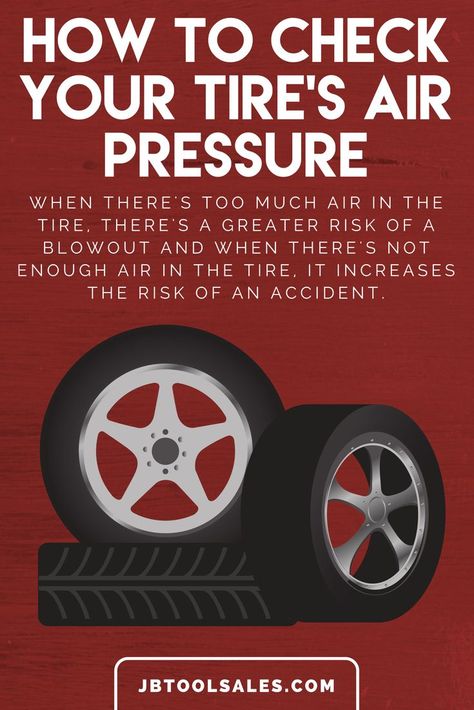 Therefore, with small runs, you can navigate for ten years. The date of manufacture of the tire is indicated on the sidewall. Usually it is an oval with four numbers. The first two are the ordinal number of the week in the year, the last two indicate the year.
Therefore, with small runs, you can navigate for ten years. The date of manufacture of the tire is indicated on the sidewall. Usually it is an oval with four numbers. The first two are the ordinal number of the week in the year, the last two indicate the year.
Related materials
How to change the car yourself - detailed instructions
Tires should be rotated periodically in accordance with the vehicle manufacturer's recommendations - information on this can be found in the owner's manual.
We can advise you to use the tires carefully and, most importantly, to store them correctly in the off-season. First of all, during storage, it is important to exclude direct sunlight from hitting the tires, which greatly age the rubber. Tires without rims should be placed vertically, and stacked on rims. nine0003
And before installing tires on a car at the beginning of the season, evaluate their condition. There should be no cracks in the tread and sidewalls. The tire should not be dry, it should remain rubbery and not look like baked plastic.
There should be no cracks in the tread and sidewalls. The tire should not be dry, it should remain rubbery and not look like baked plastic.
Related materials
Driving on badly worn tires - will I be fined or not?
Winter tires have a much shorter life span. They almost always fail due to the wear of the treadmill, because the tread of a new tire is 7–8 mm, and only 3–4 mm remain working height. If the tires are studded, then with such wear there are very few metal elements left, and the tire will not provide adequate safety when driving on a winter road. However, not only spikes, but also Velcro, with such a degree of wear, also lose most of their capabilities. nine0003
The real life of winter tires rarely exceeds 30,000 km. "Bald" winter tires without studs can be re-rolled in summer, but their grip on hot road surfaces will be very poor. This must be taken into account, especially when braking.
***
So: tires that have not yet worn out along the tread (that is, up to 1.6 mm tread depth for summer tires, 4 mm for winter tires) are changed either ten years after the date of issue, or when the rubber layer cracks tires or damage. nine0003
Our new video
Is 12 liters per hundred a lot? Test Haval Dargo
Moskvich 3: all the details and the first test!
2 Russian novelties that will replace Ford
Subscribe and you will always be in the know!
Driving in Zen
News smi2.ru
Konstantin Ishchenko
experienced car enthusiast
The biggest hit on the motorist's budget is when you have to buy both summer and winter sets of tires within one year.
For example, the popular Nissan Qashqai is equipped with 225/45 R19 tires in the maximum configuration, a set of the middle price category will cost about 50,000 RUR.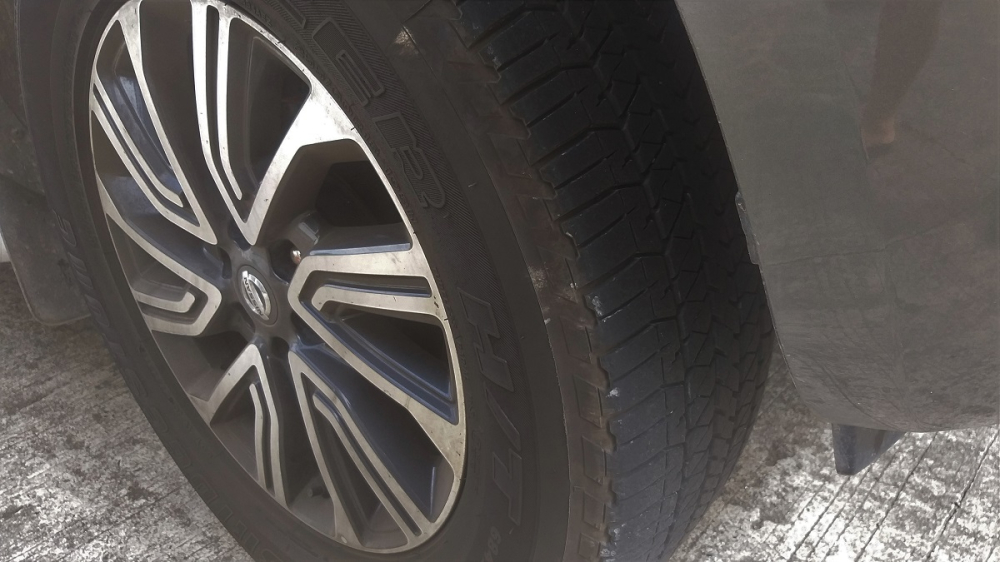
But there is an option to save money and buy used tires. This article will tell you how to safely buy used tires and when you shouldn't. nine0003
Assume that the tires are worn out Or the season has changed. We wrote in detail about how to assess the condition of tires and understand when they need to be changed in a separate instruction. Before you start looking for tires, it is important to be able to read their parameters. The most important in this situation are the size, manufacturer and model of the tire. nine0003
If the task is to buy a set of four tires, then it is important to respect the size.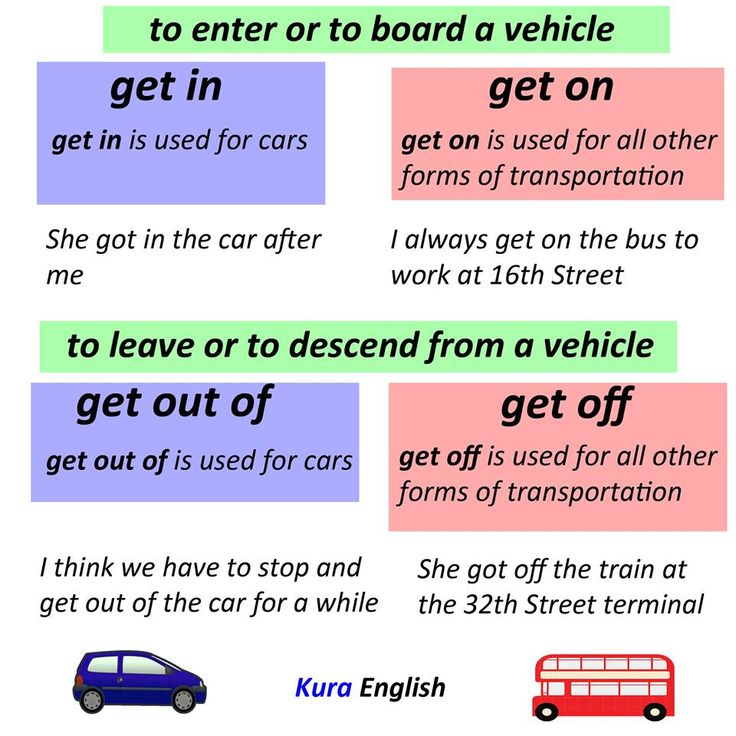 If you damaged one tire, you will have to look for exactly the same one: two wheels of the same axle must have tires with the same tread pattern, and this is possible only in the case of tires of the same model.
If you damaged one tire, you will have to look for exactly the same one: two wheels of the same axle must have tires with the same tread pattern, and this is possible only in the case of tires of the same model.
/save/koleso-hack/
How to save money on buying car tires and wheels?
Tire parameters important to look for: width, profile height and rim diameter Tire manufacturer and modelAccording to Avtostat, an average car in Russia drives 17,500 km per year. Let's take the average wear resistance of tires according to the Treadwear index - 320 and calculate how long a new set of summer tires could theoretically last.
Every 100 index units is 12,500 km, which means tires are rated for 40,000 km. Assuming that the summer kit is used for 6 months out of 12, the mileage for six months is 8750 km, and the kit is enough for 4.5 seasons.
If the annual mileage is 30,000 km, then the summer kit should wear out in 2.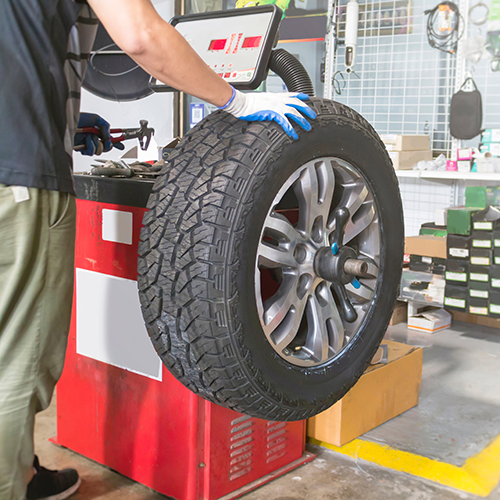 7 seasons. But I have not met people who change tires in the middle of the season: either they change them in the spring, or they drive them until autumn. nine0003
7 seasons. But I have not met people who change tires in the middle of the season: either they change them in the spring, or they drive them until autumn. nine0003
Judging by Yandex Market, the average popular tire 205/55 R16 costs 5500 R, which means that the set is 22 000 R. Let's round up 2.7 to three full seasons. One season costs Rs. pay more than 14,000 R. How to evaluate the tread depth on a used tire, we will tell a little later. nine0003
/top-economic-cars/
11 economical cars for daily driving
These are very average values, but still usable. There is no perfect formula, operating conditions and driving style are very different.
Buying used tires will allow you not to get into a loan if a new set is too expensive. Or it will help those who know for sure that at the end of the season they will change the car: there is no point in buying new tires for the next driver. However, the theoretical calculation does not take into account your travel time for the next purchase and the risks of buying a bad kit.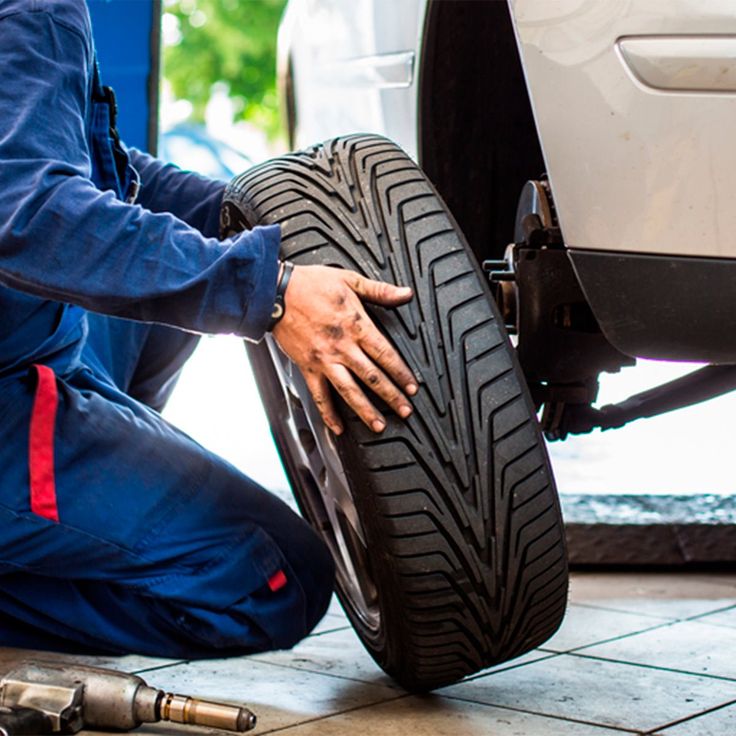 If you plan to drive a car for at least two years, buy new tires. nine0003 Velcro on stamped disc. A set of tires and wheels - 3000 R. I took it to change the car into it for the duration of a long body repair. It was a pity for me to leave the car on the expensive original casting. I had to spend two weeks searching, look through hundreds of ads and once go to the other end of the city. When the wheels are no longer needed, I plan to sell for 6000 R
If you plan to drive a car for at least two years, buy new tires. nine0003 Velcro on stamped disc. A set of tires and wheels - 3000 R. I took it to change the car into it for the duration of a long body repair. It was a pity for me to leave the car on the expensive original casting. I had to spend two weeks searching, look through hundreds of ads and once go to the other end of the city. When the wheels are no longer needed, I plan to sell for 6000 R
At first glance, selling tires is illogical. Tires need to be worn out completely and then disposed of, but the market for used rubber is huge. It has several types of sellers with very different offers. nine0003
Companies that sell used tires from Europe and Japan. Despite the ban on the import of used rubber, which has been in effect in the Eurasian Customs Union since January 1, 2010, this business is booming. The main thing is to prove that tires are not hazardous waste and they are not imported for recycling. Therefore, on Avito and various sites, many offices offer used tires of various brands, sizes and models.
Therefore, on Avito and various sites, many offices offer used tires of various brands, sizes and models.
| Benefits | Disadvantages |
|---|---|
| Huge selection of summer tires Advice available, professionals know their product Usually there is a tire service on site Safer online shopping. Many sell by bank transfer as a full-fledged online store Tire warranty until the first tire fitting, a defective tire will be replaced with a good one or money back | nine0180 There is almost no choice of winter tires: no studded and little friction - Velcro. You can only buy "euro-winter" for mild climatic conditions.
Here are some of the advantages of specialized stores that sell used tires:
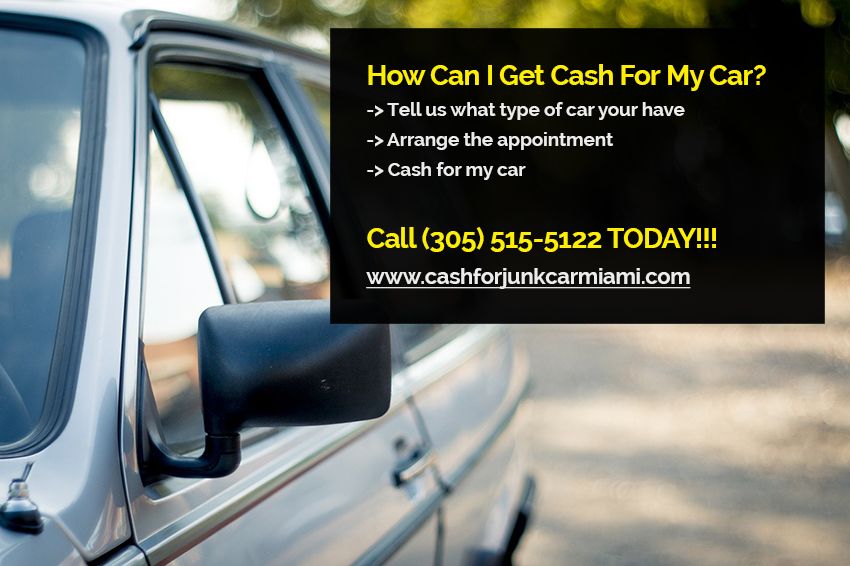
But there are also disadvantages:
Dealers and tire shops. They differ from the first ones in scale - they are much smaller, and also in that they trade at best on the scale of one city. Often the base for such activities is a tire shop. They buy cheaply at Avito or from tire fitting clients, sell more expensively at Avito or other tire fitting clients. nine0003
Often the base for such activities is a tire shop. They buy cheaply at Avito or from tire fitting clients, sell more expensively at Avito or other tire fitting clients. nine0003
There are also not very pleasant scenarios: an unscrupulous tire fitting worker offers to dispose of a completely normal set of tires “out of friendship” and gets it for free. For another client, the same kit “very much nothing, two seasons will definitely pass” costs 15,000 rubles.
/save/garage-hack/
A typical tire shop that sells rubber for emergency replacement of a damaged tire. The choice is small, storage is not according to the rules: direct sunlight damages tires. But there are situations when there is no choice
Individuals who sell unwanted tires for a variety of reasons. Here are the main ones:
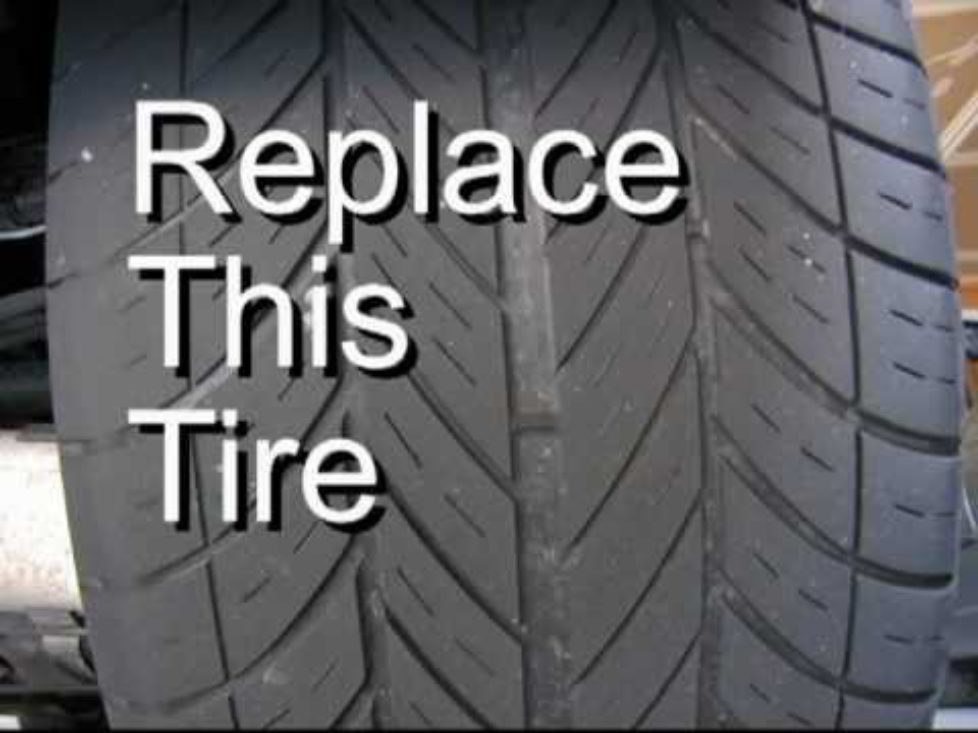 This makes sense: a car will definitely not become more expensive due to a set of wheels;
This makes sense: a car will definitely not become more expensive due to a set of wheels; | Advantages of | Disadvantages |
|---|---|
| You can search for tires by car make and model, not just size With a bit of luck, you can make a super bargain | You will have to choose among ads for a long time and carefully Many do not know what they are selling (errors in names, sizes and tire models are the norm) A rare seller agrees to a tire fitting in his presence, everything will have to be checked by himself and by hand Many scammers: they can offer to leave an advance payment and disappear or send an erased kit instead of what is in the ad No warranty on tires |
Here are the benefits of buying used tires from individuals:

But there are also disadvantages:
Universal ad platforms: Avito, Yula and others.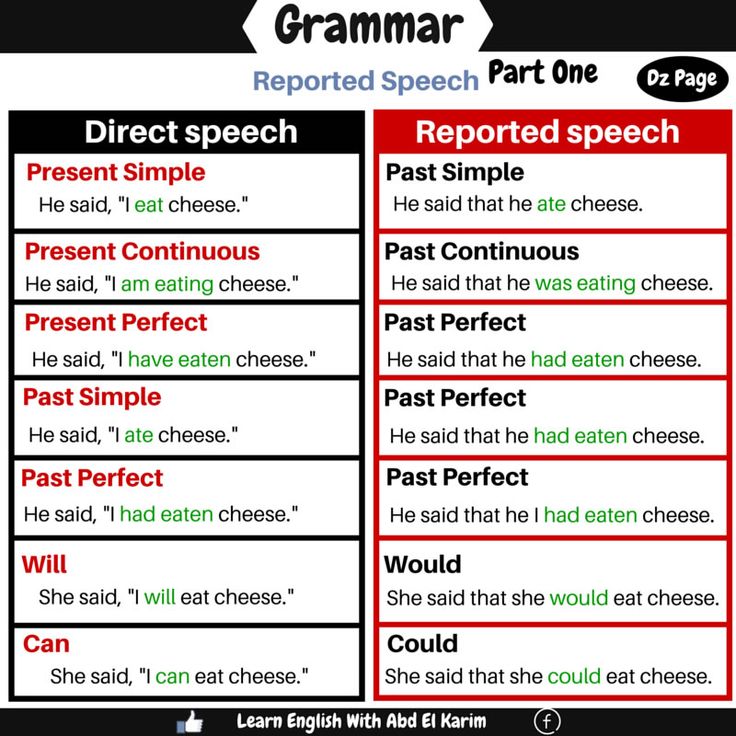 Here is the largest selection of used tires. Both private traders and professionals sell. Despite the convenient application and filters, it takes a lot of time to search. Don't expect every seller to list the model correctly. Bridgestone Potenza can become just "Bridge Stone" - and this is not the worst option. nine0003
Here is the largest selection of used tires. Both private traders and professionals sell. Despite the convenient application and filters, it takes a lot of time to search. Don't expect every seller to list the model correctly. Bridgestone Potenza can become just "Bridge Stone" - and this is not the worst option. nine0003
You will have to scroll through a huge number of ads with completely worn-out tires that are only suitable for recycling. Unfortunately, no filters will save you from this. Looking for tires on Avito is like looking for a treasure: you have to dig a lot, and no one guarantees a reward, but some are lucky.
/avito-fraud/
"Avito": how to avoid scammers
Adjust the filter by size - so you will have more chances to find the tires you need You can no longer drive on such tires: they are worn out to the limit marks, this can be seen even in the photo. Plus, the sidewalls are very worn out. But the seller still thinks that he can get 3000 R for them Websites for car sales announcements: "Avto-ru" and "Drom". There are few private ads here, mainly specialized stores operate on such sites.
There are few private ads here, mainly specialized stores operate on such sites.
Droma has the largest selection of used wheels and tires from Japan in the country. Drome offers a good customer protection service and acts as a guarantor of purchase: if they send you worn or damaged tires, the site will return the money. If everything is fine, they will be transferred to the seller.
At the time of writing the article on Avto-ru, there were only five private ads for the sale of tires of the common size 205/50 R17 throughout Russia. It makes no sense to look for tires from private traders on this site. Source: Avto-ruCar club sites: forums, chat rooms, Drive-2 — places where representatives of car clubs communicate. Sometimes it can be difficult to find the site itself. This can be a group on Vkontakte, a chat on Telegram or WhatsApp.
There are fewer offers here, but they are more interesting, more likely to find a good set. It is not customary to post completely junk for sale in communities or to greatly inflate the price: the ad will be discussed, criticized, or even deleted altogether.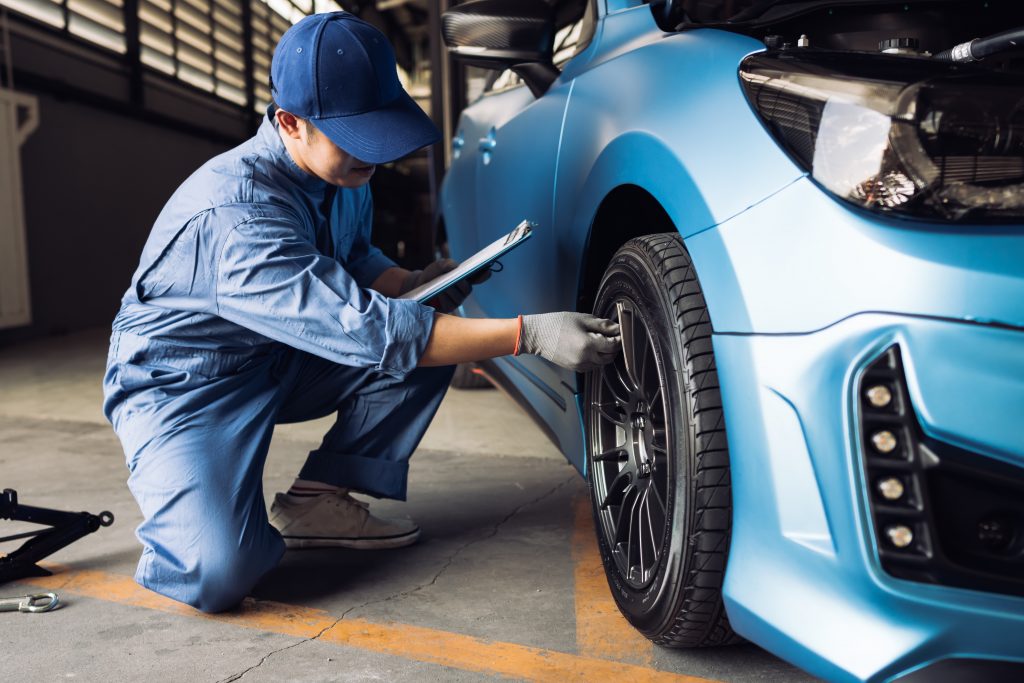
But don't forget about safety. You should not buy something without verification or send the entire amount to a stranger in another city. It is usually customary to ask a friend of a teammate to go look at the kit and make sure that the tires are sent. Here, as a rule, you can place your ad on the purchase of the necessary tires and wait for responses. nine0003
There is a flea market on Drive-2. It is not very popular, but it is worth looking into it: there are filters separately for disks, wheels and tires, you can specify the dimensions.
/carservice/
How to save on the operation of the car
Special online stores and car disassembly In most cases, such sellers open an official representative office on Avito, but some sites are also still working. They may have rare tires or a more interesting price. Large auto-dismantlers rarely sell tires - they mainly sell sets of wheels. The condition of the tires on the rims is most often mediocre: a car is not sent to scrap on good tires. nine0003
nine0003
Tire shops and car services. It's hard to find interesting deals on tires here, it's not their business. Tires in a tire shop are usually bought in emergency cases: when one or more tires are damaged, but you need to somehow drive a couple of weeks to pay.
Price. Before buying used tires, it is better to check the price of new tires of the right size. Tires from young Chinese brands are very cheap, and the market for used tires is overheated and overpriced. It is impossible to unequivocally answer which is better: a new tire from an unknown manufacturer or a used tire from a well-known brand. But it is necessary to compare, study reviews and weigh everything. nine0003 At first glance, an excellent offer. A set of fresh tires 215/55 R17 with 20% wear for 18,000 R. But the indicated balance of 6 mm is about 30% wear. The remaining tread of the new tire is 8 mm, the tread limiter bar has a height of 1. 6 mm. The tire is worn 2 mm. Usable tread depth: 8 mm − 1.6 mm = 6.4 mm. 2mm from 6.4mm is 31% wear. Source: Avito But then it turns out that the new ones are very inexpensive. The remaining 6 mm is two-thirds of the tire resource, which means that buying such a kit costs no more than 16,000 R. Source: Yandex Market
6 mm. The tire is worn 2 mm. Usable tread depth: 8 mm − 1.6 mm = 6.4 mm. 2mm from 6.4mm is 31% wear. Source: Avito But then it turns out that the new ones are very inexpensive. The remaining 6 mm is two-thirds of the tire resource, which means that buying such a kit costs no more than 16,000 R. Source: Yandex Market
Manufacturer, model, size, indices and other features. Be sure to check all tire specifications - everything that is indicated on the sidewall. The seller may not understand tires well or deliberately lie. Carefully inspect each tire. For example, you can accidentally buy a set of four tires, where three will be with runflat technology and one without it. If buying tires remotely, always ask for individual photos of each tire in full detail, or even better, a video.
Tire year. Among the ads of specialized stores, there are often tires that are more than 5 years old. Tires may have excellent tread residue, but it is better to refrain from such a purchase. The older the tire, the worse its properties and the greater the chance of hidden damage: cracks, delaminations and ruptures.
The older the tire, the worse its properties and the greater the chance of hidden damage: cracks, delaminations and ruptures.
/wtf/bezkoles/
How online tire stores deceive car owners
The tire release marking always looks like this: the first two digits are the week of production, the second two are the yearTread depth. It is not necessary to measure the residual depth “by eye”, it is better to buy a special device or use a caliper. The standard tread depth of new summer car tires is 7-8 mm, winter tires are 8-10 mm.
About tires that are long overdue for disposal, they wrote above: summer tires less than 4 mm or winter tires less than 5 mm should not be bought "for the season", it is not safe.
Digital Tread Depth Gauge is a simple and cheap instrument. It will help to accurately measure the residual tread depth and adjust the price of a set of tires. Source: Yandex Market Tread condition, damage and repairs.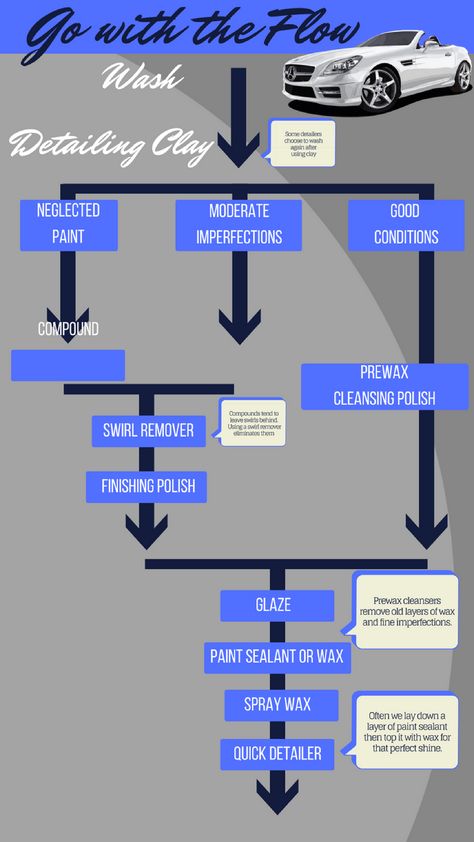 Don't buy tires with uneven tread wear. They will not be able to provide a complete drainage of water from the contact patch with the road, it is unsafe to ride on them. Severe cuts or even the absence of individual tread fragments will also be a reason to refuse a purchase. Without a specialist, you run the risk of buying a tire that you cannot use.
Don't buy tires with uneven tread wear. They will not be able to provide a complete drainage of water from the contact patch with the road, it is unsafe to ride on them. Severe cuts or even the absence of individual tread fragments will also be a reason to refuse a purchase. Without a specialist, you run the risk of buying a tire that you cannot use.
But do not be afraid of well-repaired punctures. Tires with patches on the inside of the tread part can be bought, this will not affect further operation. You should not buy tires on which punctures were repaired with a tourniquet. nine0003
/mini-jcw/
How much does it cost to own a Mini John Cooper Works
Obviously, this tire is no good: there is almost no tread, the studs are completely worn out. The central part is almost completely missing, and the sidewalls are less worn. Maybe the tire was pumped. Surprisingly, they also sell such Cracks and delaminations. Long longitudinal cracks, along the circumference of the tire on the sidewall or small cracks in the tread area - in any case, bad. Either such a tire was poorly stored, or it is very old. This is a particularly dangerous case, because such a tire can collapse while driving and cause a terrible accident. Cracks are not repaired, so you will have to refrain from buying. nine0003
Long longitudinal cracks, along the circumference of the tire on the sidewall or small cracks in the tread area - in any case, bad. Either such a tire was poorly stored, or it is very old. This is a particularly dangerous case, because such a tire can collapse while driving and cause a terrible accident. Cracks are not repaired, so you will have to refrain from buying. nine0003
Sidewall condition, damage and repairs. Hernias of any size, side cuts and patches on the side of the tire are good reasons to keep looking. You can't buy these tires.
Carefully inspect and feel the sidewalls of the tires. Unfortunately, not all defects can be found on a tire without a disk and without air inside. It will be ideal if you can mount tires on rims in a tire shop. Ask to balance the wheels and only then pay.
/guide/rezina/
How to choose tires for a car or crossover
If in doubt that the tires are intact, look for another option. Remember that it is the tires that connect your car and the road.
Remember that it is the tires that connect your car and the road.
Presence of spikes and their condition. It is not necessary to count every stud on a tire, it is difficult and time consuming. Just look at the tire: if it seems that there are about half of the studs on it or less, you do not need to buy a tire. Studded tires without studs won't get Velcro, so don't just look at the tread.
Studs on a tire that has already been driven for a couple of seasons look very different from new ones. They were worn off along the way, the seats were broken. In the background, you can see that the tire has already begun to lose studs. Even with sufficient tread, you can be left without spikes very quickly, it is better to look for another option Ads often offer used tires at an inflated price. We have made a special calculator that will help you calculate the fair value of tires, regardless of the manufacturer, technical parameters of tires and their number in the kit.
We have made a special calculator that will help you calculate the fair value of tires, regardless of the manufacturer, technical parameters of tires and their number in the kit.
